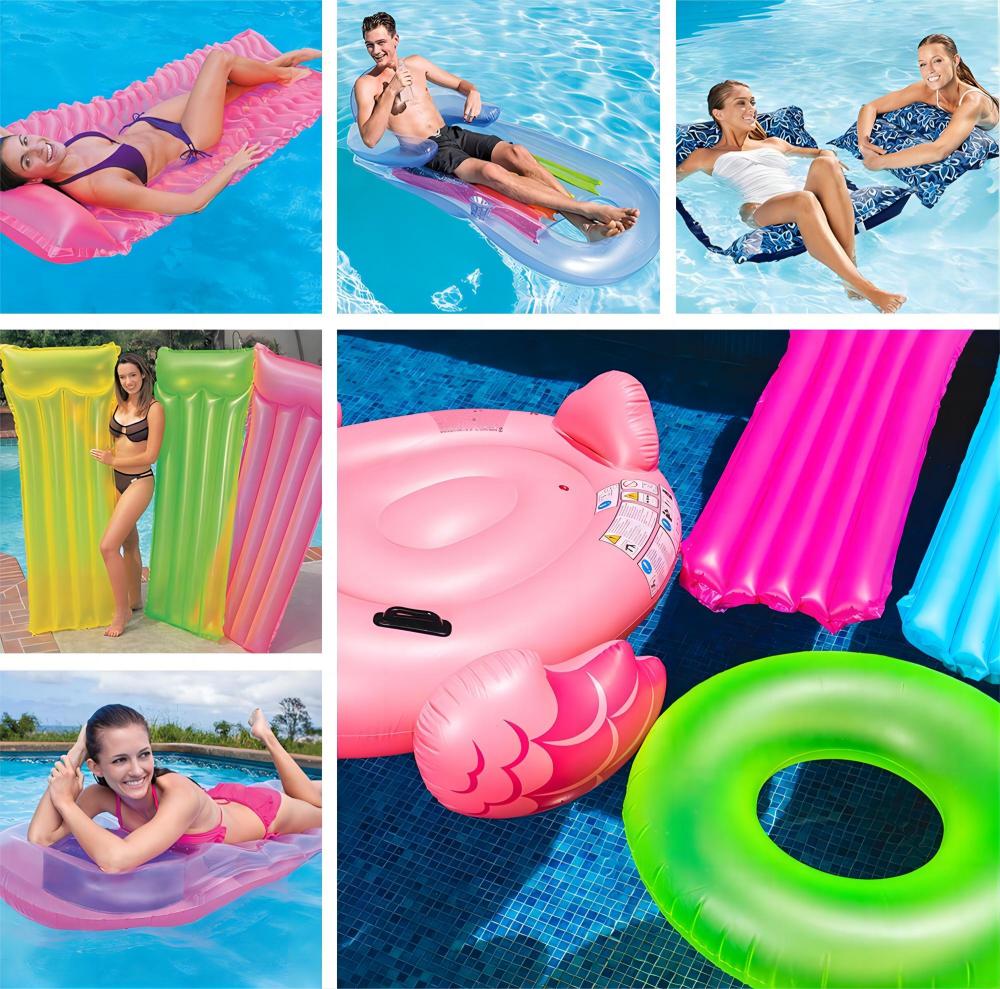Flexo printing eye-catching printing plate renovation
2025-07-30 08:38:39
With the growing global environmental concerns, achieving sustainable and eco-friendly development has become a top priority across industries. In this context, flexographic printing has emerged as one of the fastest-growing printing methods due to its significant environmental advantages over traditional techniques. Today, flexography accounts for approximately 30% of the global packaging printing market, especially in North America and Western Europe, where it is widely adopted for its eco-conscious approach.
Flexographic printing utilizes water-based, alcohol-based, and UV inks, which significantly reduce volatile organic compound (VOC) emissions. These inks are also very thin, free from inorganic pigments and fillers, and contain minimal or no heavy metals. In the U.S., water-based flexographic inks are the only non-toxic option approved by the Food and Drug Administration (FDA), making them ideal for use in food and pharmaceutical packaging.
The quality of flexographic printing plates plays a crucial role in ensuring print quality. As market demands evolve, the materials and processes used in plate-making have continuously improved. Traditionally, rubber and resin plates were the main options. Rubber plates come in natural, synthetic, and mixed types, and can be made using manual engraving, laser engraving, or die casting. Resin plates, also known as photosensitive resin plates, are made from synthetic polymers and unsaturated organic compounds that cross-link under UV light.
By the mid-1970s, two main types of resin plates were developed: solid plates, made from saturated photosensitive resins, and liquid plates, based on unsaturated polyester resins. Over the past three decades, the shift from hand-carved rubber plates to photosensitive resin plates marked a major technological advancement in flexographic plate-making.
**Liquid Resin vs. Solid Resin Plates**
Although both are photosensitive resin plates, solid and liquid versions differ significantly in production, performance, and application. From a domestic perspective, solid plates dominate the market, with over 90% of printing companies preferring them. Let’s take a closer look at the differences.
**First, the Production Process**
Solid resin plates are cut to size, placed on a drying rack, covered with a negative film, vacuum-sealed, and fully exposed to UV light. The unexposed areas are then washed away, and after drying, they undergo a second exposure to complete the process. Liquid resin plates, on the other hand, are applied onto a negative on a flat glass surface, covered with a protective film, and exposed from both sides. After rinsing and drying, they are further exposed to finish the plate.
**Second, Plate Quality**
Modern photosensitive resin plates can achieve resolutions exceeding 350 lines per inch, with dot reproduction ranging from 1% to 95%, and plate flatness up to ±0.013mm. Solid resin plates offer superior accuracy, with some reaching 200 lines, while liquid plates typically only reach 40–60 lines. This makes solid plates more suitable for high-quality applications such as cigarette boxes, medicine packaging, food cartons, and labels. Liquid plates, with lower hardness, provide better ink transfer and are often used for simpler, low-demand packaging jobs.

Swimming pool floats have always been the star of toys, and they are favored by many families in outdoor swimming pools. In the scorching summer, pool floats are indispensable toys at pool parties. They are carnival artifacts for outdoor water fights, and essential equipment for water play.
DOING pool floats include pool toys, pool lounge chairs, river tubes, and Pool Mat Floats. A wide range of styles are available for you to choose from. We can also customize it so that it meets your specific needs in case you do not find what you are looking for.
Pool Floats,Pool Floats For Adults,Pool Toy,Swimming Pool Floats
Danyang Doing Articles Co.,Ltd , https://www.dydoing.com